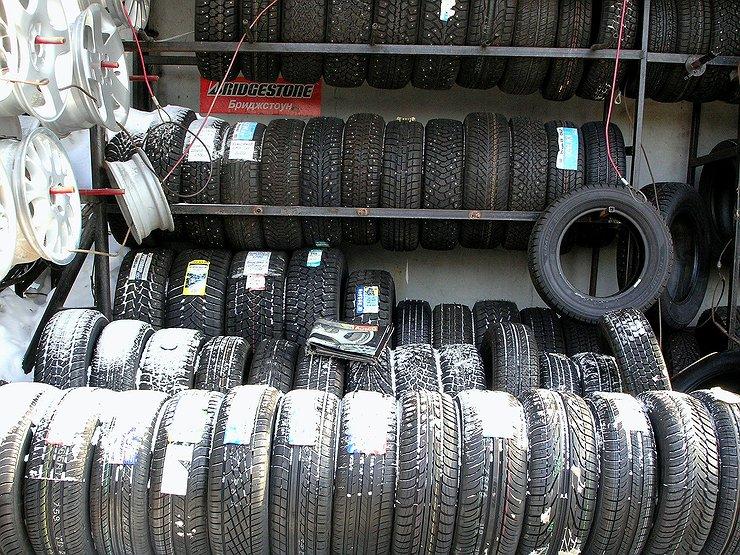
Traffic Laws. Passenger transportation.
21.1
It is allowed to carry passengers in a vehicle equipped with seats in the quantity provided for by the technical specification, so that they do not interfere with the driver's driving and limit visibility, in accordance with the rules of transportation.
21.2
Drivers of fixed-route vehicles are prohibited from talking to them during the carriage of passengers, eating, drinking, smoking, or transporting passengers and cargo in the cabin if it is separated from the passenger compartment.
21.3
Transportation by bus (minibus) of an organized group of children is subject to mandatory instruction with the children and those accompanying them on the rules of safe behavior during movement and actions in the event of an emergency or a traffic accident. At the same time, the front and rear of the bus (minibus) must be installed in accordance with the requirements of subparagraph “c” of paragraph 30.3 of these Rules with the identification sign “Children”.
The driver of the bus (minibus) that carries out transportation of organized groups of children must have a driver's experience of at least 5 years and a driver's license of category “D”.
On a vehicle with the “Children” mark, during boarding (alighting), passengers must have orange flashing lights and (or) hazard warning lights in (out of) it.
21.4
The driver is forbidden to start driving until the doors are completely closed and open them until the vehicle stops.
21.5
Carriage of passengers (up to 8 people, except the driver) in a truck adapted for this purpose is allowed for drivers with a driving experience of more than three years and a driver's license category "C", and in case of transportation over the specified number (including passengers in the cab) - categories “C” and “D”.
21.6
The truck used to carry passengers must be equipped with seats fixed in the body at a distance of at least 0,3 m from the top edge of the side and 0,3-0,5 m from the floor. Seats located along the tail or side should have strong backs.
21.7
The number of passengers carried in the back of a truck should not exceed the number of seats equipped for seating.
21.8
Conscripted military personnel holding a category “C” driver’s license are allowed to carry passengers in the body of a truck adapted for this purpose according to the number of seats equipped after special training and internships for 6 months.
21.9
Before the trip, the truck driver must instruct passengers about their responsibilities and the rules for boarding, disembarking, placing and behaving in the body.
You can start moving only after making sure that the conditions for the safe transportation of passengers are created.
21.10
Driving in the back of a truck that is not equipped for the carriage of passengers is permitted only to persons accompanying the cargo or traveling behind it, provided that they are provided with seats for seating located in accordance with the requirements of paragraph 21.6 of these Rules and safety measures. The number of passengers in the back and cab must not exceed 8 people.
21.11
It is forbidden to transport:
| a) | passengers outside the car cabin (except for the cases of carriage of passengers in a truck with an onboard platform or in a box body intended for the carriage of passengers), in the body of a dump truck, tractor, other self-propelled vehicles, on a cargo trailer, semi-trailer, in trailer cottage, in the back of a cargo motorcycle; |
| b) | children less than 145 cm tall or under 12 years old - in vehicles equipped with safety belts, without the use of special means that make it possible to fasten the child with the safety belts provided for by the design of this vehicle; on the front seat of a car - without using these special tools; in the back seat of a motorcycle and moped; |
| at) | children under 16 years of age in the back of any truck; |
| d) | organized groups of children in the dark. |
